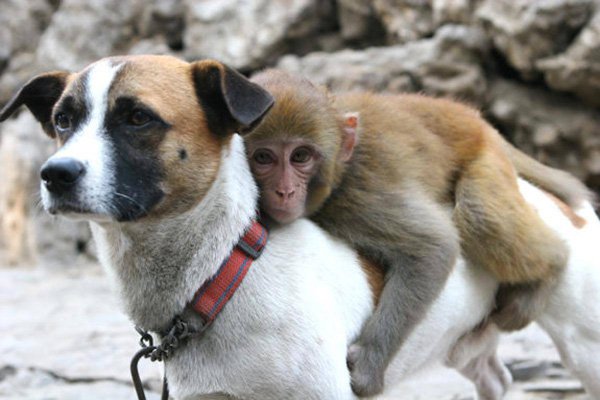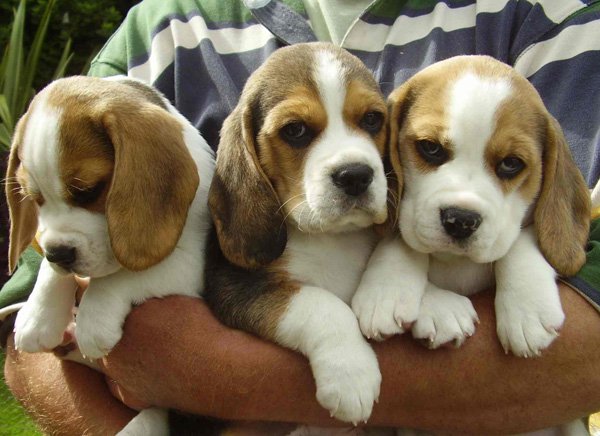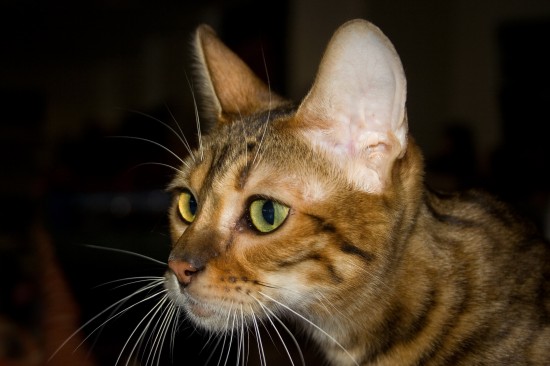Understanding your pet cat and cats; behavior is easy now when you start to observe their activities, try to understand their communication medium. They are mighty creatures who love your care and seek your attention all the time.
Cats are endearing, nonetheless they can be hassle and mess incarnated. Once you intend to pet a cat, you have to fully understand and be aware that you must be willing to fulfill all of its needs and to deal with its problems. Raising cats is very similar to raising a baby. While a baby has feelings of contentment, sadness and disgust, it is not articulate enough to express these feelings and thus we might find some difficulties understanding them; a cat is just the same. It usually expresses its feeling through bodily signs and we should be apt to understand such signs in order to find a proper medium of communication.
Any cat behavior has an interpretation and an implication. We might not be familiar with all cat behavior implications, but we are just dead sure that they have a meaning. If you have a cat, you should always have a continuous avarice to acquire more knowledge about cats and their diverse behaviors. Failing to communicate effectively with your cat can have disappointing results both for you and the cat.
Cat behavior is not simplistic or superficial as we might think; rather, cat behavior is actually as intricate and complex as human behavior. For instance, when a cat flicks its tail it means that this cat is uptight and is suffering inner conflict. While when a cat swishes its tail against somebody that implies that the cat is aggravated and is suffering an outer conflict.
Moreover, shaking the paws indicates disgust. The stronger the shaking and the more frequent, the higher the feeling of disgust. Kneading the paws or patting a person with the paws is sign of satisfaction and contentment. While humans usually produce a quite moan when relaxing, cats usually keep rolling as a sign of relaxation.
Interestingly enough, cats make their tails?shape like a question mark as a sign of greeting somebody they love. Moreover, as a sign of love and affection towards somebody, cats usually rub their heads against that person抯 body. Also if the cat feels weary and is not willing to get in a struggle, it succumbs by simply lying on its back. Even the ears' position has implications. If the cat feels that a situation is gripping it would direct its ears to the front. However, if the cat抯 ears are directed backwards, it means that the cat is far from being engrossed in the situation, it抯 bored most probably.
Cats are usually too attached to their owner and so they put high expectations that he/she would comprehend what it is trying to convey. Hence, it is very paramount to actually be familiar with what your cat is trying to convey in order to be able to comply with its emotional and physical needs. This in turn would result in your cat obeying you and complying with your instructions. For instance, if you tell it not to jump on people, it would obey you just because you are complying with its needs. So understanding your cat抯 behavior is essential to good psychological health for your cat and less embarrassing social situations for you.

 Are Dog Training Classes Useful for the Dogs?
Are Dog Training Classes Useful for the Dogs?
Are Dog Training Classes Useful for the Dogs?
Are Dog Training Classes Useful for the Dogs?
 The best and unique dog care services available online
The best and unique dog care services available online
The best and unique dog care services available online
The best and unique dog care services available online
 More Information On The Unusual Toyger Cat Breed
More Information
More Information On The Unusual Toyger Cat Breed
More Information
 Dog Mounting - How To Stop Dog Mounting Behaviour
Dog Mounting - Ho
Dog Mounting - How To Stop Dog Mounting Behaviour
Dog Mounting - Ho
 Controlling A Dogs Reactivity To Other Dogs
Controlling A Dog
Controlling A Dogs Reactivity To Other Dogs
Controlling A Dog